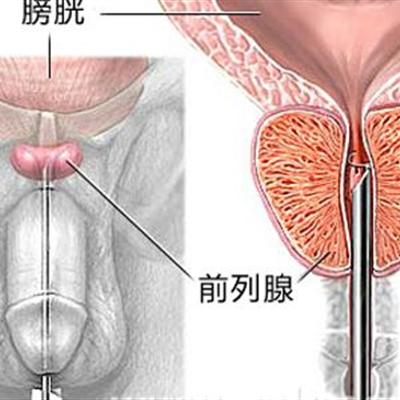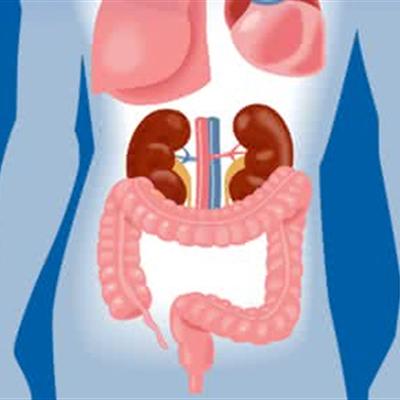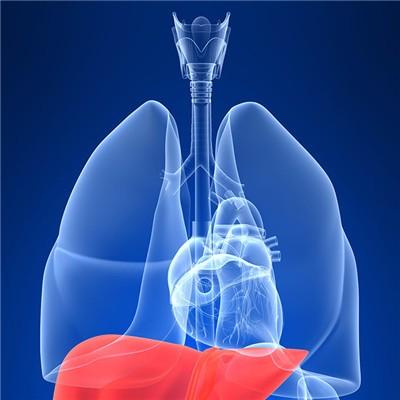What about dregg's syndrome?
summary
Shay dregg syndrome is also known as progressive autonomic nerve failure, idiopathic orthostatic hypotension and neurogenic orthostatic hypotension. It is a rare disease with extensive degeneration of central nervous system including autonomic nervous system. The patients are sporadic. Besides orthostatic hypotension, the clinical manifestations are characterized by other autonomic nervous dysfunction such as sweating disorder, impotence and somatic nervous system symptoms such as pyramidal system, extrapyramidal system and cerebellar ataxia. Some people think that OPCA with autonomic nervous symptoms, such as orthostatic hypotension, dizziness or syncope, impotence, incontinence of urine and urine, is considered to be Shay dregg syndrome, which belongs to a type of multiple system atrophy.
What about dregg's syndrome?
The cause is unknown. At present, it involves lipid peroxidation damage, abnormal enzyme metabolism, lentivirus infection, neuron apoptosis, oligodendrocyte cytoplasmic inclusion bodies, etc., which lead to progressive nervous system multi system degeneration. This disease is a degenerative disease with multiple system involvement, which is characterized by symptoms of autonomic nervous function. Clinically, it is characterized by orthostatic hypotension and other autonomic nervous dysfunction, accompanied by neurologic abnormalities caused by degeneration of motor neurons in cerebellum, basal ganglia or spinal cord.
The onset of the disease is insidious, ranging from a few months to a few years. The elderly can reach more than 10 years. The onset of the disease is middle-aged and elderly, with an average age of 55 years. About 65% of them are male and have no family history. The course of the disease is progressive, autonomic nervous symptoms often appear first, and somatic nerve symptoms appear several months or years later. There are also a few patients with somatic symptoms earlier than autonomic symptoms.
The occurrence of laryngeal wheezing at night is due to the weakness of laryngeal abductor muscles, and may be accompanied by apnea. A considerable number of patients have dysphagia. In the late stage, the patient may die of apnea during sleep due to severe autonomic nerve failure. In the late stage of the disease, emotional instability and depression are common. In the late stage, mental decline, dementia and bedridden can be shown.
matters needing attention
There is no effective drug prevention for elderly patients with Scheuer dregg syndrome, so early detection, early diagnosis and early treatment are of great significance for the prevention of this disease. Regular physical examination once a year to achieve the first level prevention. Active treatment should be given to patients with autonomic nervous dysfunction and motor dysfunction, such as paroxysmal syncope, postural hypotension, sexual dysfunction, anhidrosis, etc.














